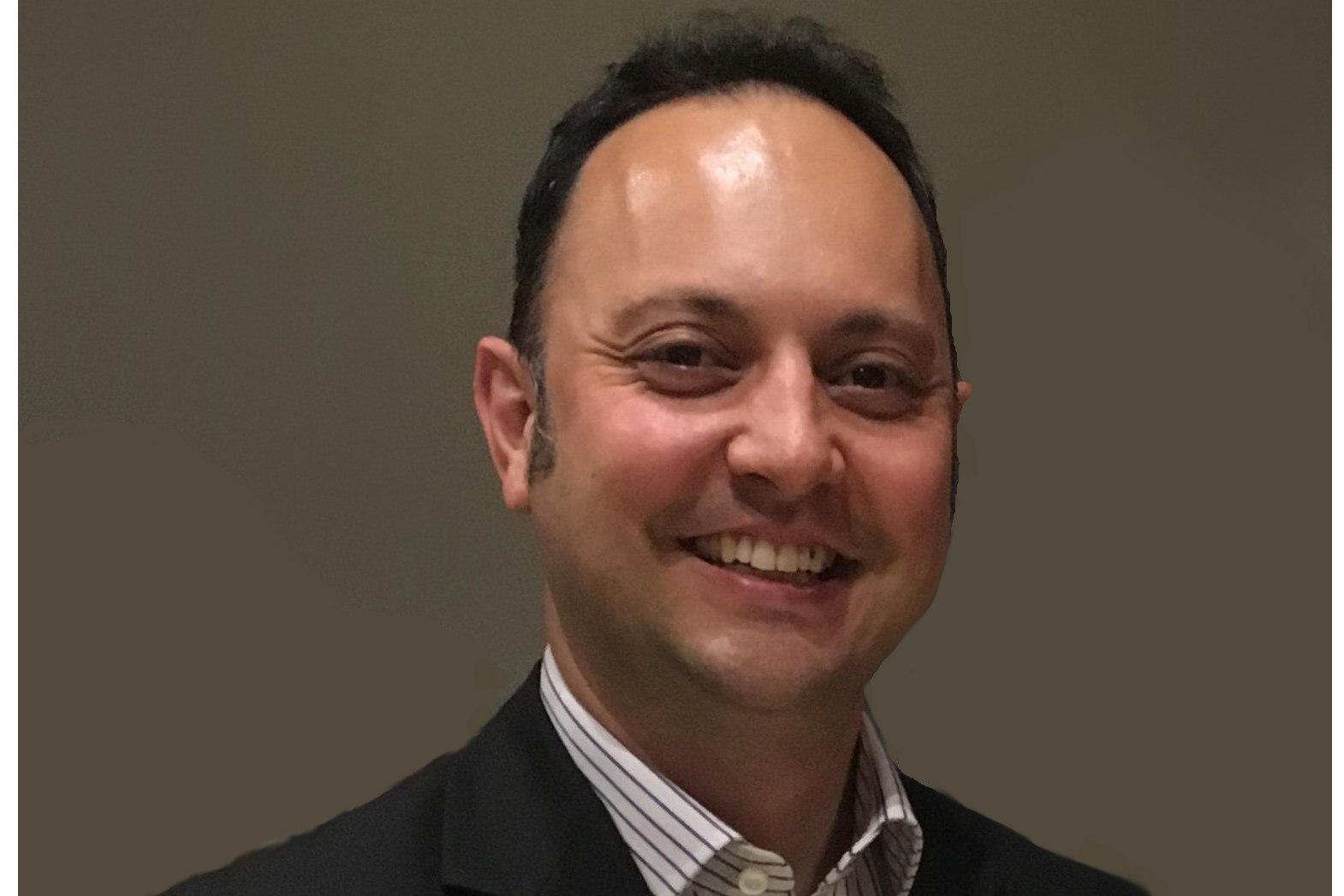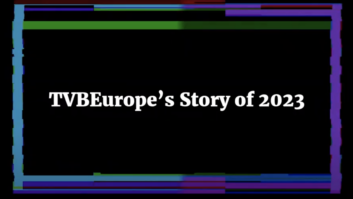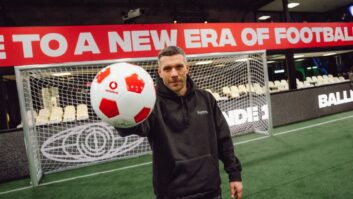
TVBEurope is looking forward to welcoming Google’s Justin Gupta to MediaTech 360 next month.
Gupta is head of UK broadcast and entertainment, global partnerships EMEA, and will be taking part in the keynote panel discussion: ‘TV is not dead; it is reborn’ on 8th June.
He will appear on the panel alongside DPP managing director Mark Harrison and Richard Welsh, co-founder and chief executive, Sundog Media Toolkit.
NewBay’s conference manager Hannah Tovey caught up with Gupta to discuss his role at Google, the future of the TV industry and, of course, what he’s looking forward to at MediaTech 360.
Tell us a little bit about your role as head of broadcast and entertainment at Google?
My role is to bring the best of Google technology to our partners, grow their advertising revenues and help them manage the shift to connected TV. No day at Google is typical but in an average week I’d expect to spend half my time working with my team to deepen partnerships and grow revenue; a quarter of the time I’d spend developing new business opportunities and attending events like MediaTech 360, and a quarter of the time working closely with our product and engineering team to ensure that our offerings meet the needs of our partners.
What’s the most satisfying thing about your role?
I really enjoy the variety of my job. In the pursuit of helping partners I’m able to get involved with everything from product development, business analysis, contracting, implementations, operations and of course optimisation. We’re doing a lot of experimentation across the ecosystem to bring new TV use cases to life in a digital environment and I find that really exciting.
What’s the biggest challenge you face in your role?
Technology in this space is very nascent and we need proof points for every use case and workflow. However, partners have definitely started to realise the opportunity. Everyone is now an OTT broadcaster, with some traditional broadcasters getting as much as 15 per cent of their viewership from connected TV viewers. So the challenge is really helping partners find the right way to move forward as they move their distribution and advertising to IP based systems.
What does ‘good’ look like in your team?
Good is when we’re able to help partners with their discoverability, distribution and monetisation challenges using technology and services from Google. One of the best days I have had in the last year was when we launched our dynamic ad insertion product with TF1 in France for the Euros where we had 700,000 viewers for France vs. Germany on connected devices. Another great day was when we turned on the BT Sport sales house where Google are selling the ads for connected devices in the UK.
What are you and your team focusing on at the moment?
The sales house for BT Sport in the UK is our first sales representation deal for dynamic ad insertion in UK. This is an important deal, as we are learning how to incorporate TV compliance rules – such as Clearcast and non-category clashing advertisers into our workflows and our products, while helping BT gain the most value from this connected TV inventory.
What’s the biggest challenge broadcasters are facing in 2017?
I think the biggest challenge is managing the shift to OTT viewing – the costs that the transition adds and the concern for the ad funded broadcasters that they won’t be able to maintain their revenue or viewership. The global OTT broadcasters, Netflix and Amazon Prime, are real competitors for eyeballs and they’re investing heavily in content. However this increased competition has brought us a golden age of content and I think it’s never been a better time to be a viewer of TV.
What technologies do you think will have the biggest impact on the media and entertainment industry this year?
In one word – Cloud. Google have invested $30 billion in our cloud offering and many parts of TV production, playout and distribution are moving to the cloud. This brings the potential for unit cost pricing, new opportunities around scale and the ability to use data in new and exciting ways.
What will the implications of IP be for rights holders, brands and broadcasters?
There’s likely to be more competition for rights, especially on sports – BT and Sky in the UK are notable but we’ve seen the online players are taking an interest in NFL in the US. For brands there are opportunities around bringing digital targeting capabilities to TV but also some near-term challenges as measurement between these different media are not completely aligned. We have for example integrated third party viewability into YouTube with Moat, and we’re working on other integrations. There are other capabilities, such as the ability to tell a story as an advertiser with dynamic creatives, but in order to execute upon these, brands will need to work closely with agencies and tech providers, and brands are rightly wary to move forward with campaigns like this before they know they can work. For broadcasters, these are uncertain times. Content will bring viewers but broadcasters that are able to use technology to sweat their assets, be those sport rights or audiences, will be best placed to be successful.
At MediaTech 360 you’re on a panel with other tech giants and industry leaders to discuss the next generation of TV. Can you give us a very quick insight into what you’ll be talking about?
The panel is about changing consumer habits, how tech providers can help and the challenges that the new global entrants are bringing. I’ll specifically be talking about how people can take advantage of some of these new capabilities – the ability to do dynamic creatives, the ability to do more targeted advertising and so on. But saying that, just because these new capabilities are possible, it doesn’t mean that everyone will understand how to use them. There’s a big education issue in the industry, coupled with a scale challenge, before everyone can deliver on all of these new capabilities. I don’t want to give away too much here – you need to come see the panel!
What trends are you seeing when it comes to consumer habits?
A recent Enders study stated that under 35s are watching a third less TV than in 2010, although ThinkBox noted that this group still watches more TV than anything else – on the largest screen available. On our side, YouTube is still growing 50 per cent YoY in viewership; cord cutting is definitely happening in the US but it’s not been significant in the UK to date and I think this is due to availability of broadband which is still spotty in UK. I live on the edge of Oxfordshire and I only have 4Mbits per second, which is quite low. The resolution quality of TV is increasing – we moved from SD to HD and now we are moving to Ultra HD or 4K – and the most efficient way to deliver that to a UK home is through transmission, be that terrestrial, satellite or cable. As broadband speed increases, I think that people will start to have a base of free services and overlay skinny bundles on top of that. I give credit to Sky for innovating ahead of the game and creating NOW TV, the skinny bundle service that provides a route for people to still be Sky customers without necessarily having a satellite dish.
This is the first time you’ve joined us for a TVBEurope event; what are you most looking forward to?
I’m really looking forward to hearing the different perspectives from the industry on the IP revolution. I hope to connect with new and existing contacts in the industry, to collaborate on the shift to connected TV. It’s important for us to help our partners grow through the right technologies and business models, learning from the experience of others.
For more information about MediaTech 360, visit the website. MediaTech 360 is currently offering a 50% offer on all platinum passes until Friday 19th May. Click here to book using the discount code: PLAT50 or contact Maeve Nicholson: [email protected]







